Like Icarus flying too close to the sun, the NFT market went boom and bust in just a few years time. Regardless of its over-estimation and lofty ambitions, the form – iterative digital art – continues to thrive as an ever growing array of techniques and applications. The problem, however, is how to display this often iterative and interactive work in an accessible fashion. Cue Canvas by Layer – a new seamless, multi-screen device that’s half TV, half hung painting (however ephemeral with a curated rotation of work on view).
Richter by Leander Herzog and Richard Nadler
Established by Greek American entrepreneur Angelo Sotiracopoulos – the force behind Deviant Art, the world’s largest digital market – Layer seeks to be as inclusive and attainable as this platform.
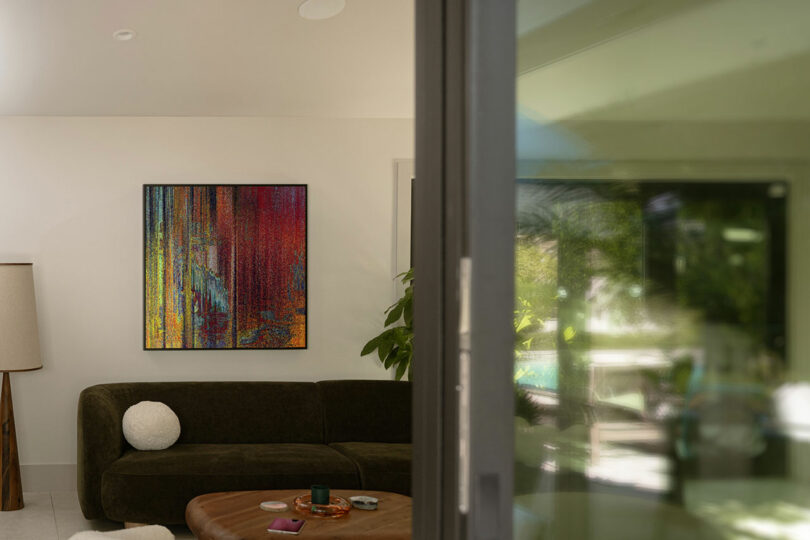
Richter by Leander Herzog and Richard Nadler
Richter by Leander Herzog and Richard Nadler
“Digital artists are feeling pain,” Sotiracopoulos says. “Al is threatening craftsmanship as well as undermining fundamental copyright. After decades of working alongside [many of them], I wanted to honor their work and bring it into the real world, into people’s homes and lives, and see that the artists get paid.”
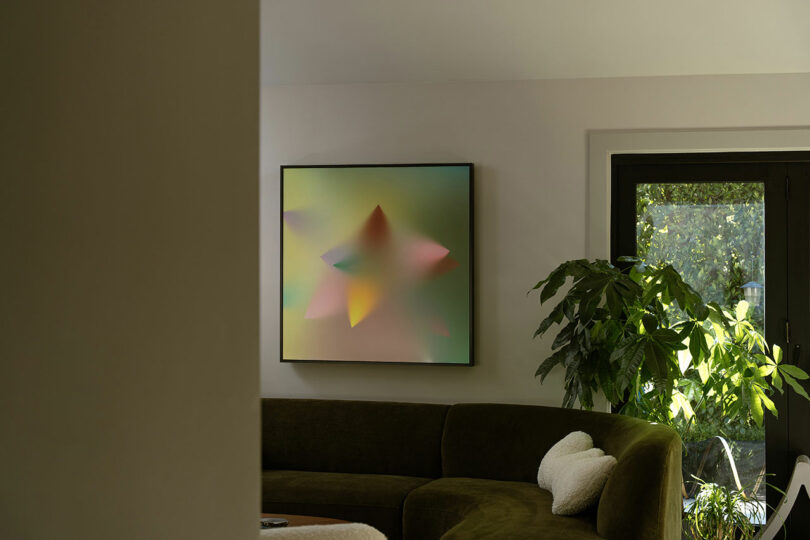
Cone Gradients by Zach Lieberman
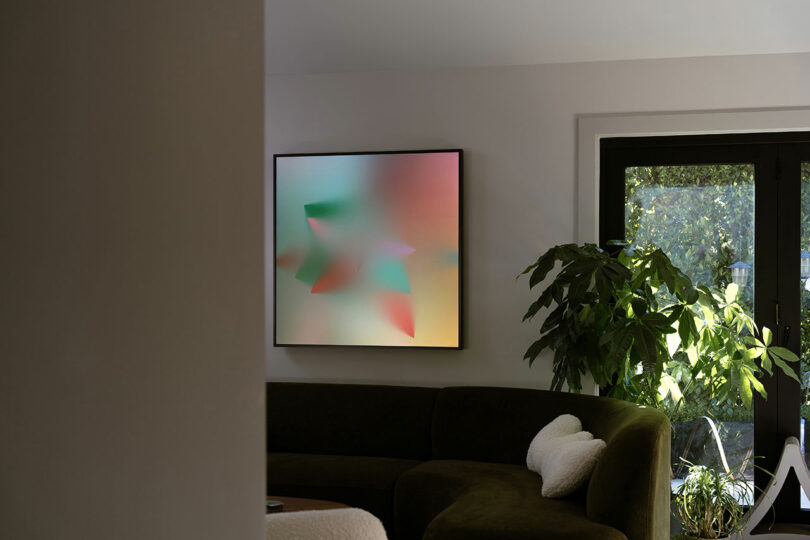
Cone Gradients by Zach Lieberman
Versatile in how it’s hung or mounted, the 41.7 by 41.7 inch device (43 by 43 inches with a frame) features environmental light sensors and bluetooth presence direction. Staying as true to the vast variety of work that might be exhibited, the segmented yet seamless screen emits ultra-resolution. Color is another important factor that was carefully calibrated. Canvas presents true black – a tone that few of today’s most advanced computers of TV screens can replicate. It also produces P3 color and is GPU powered. The closest possible translation of depth and clarity is also achieved.
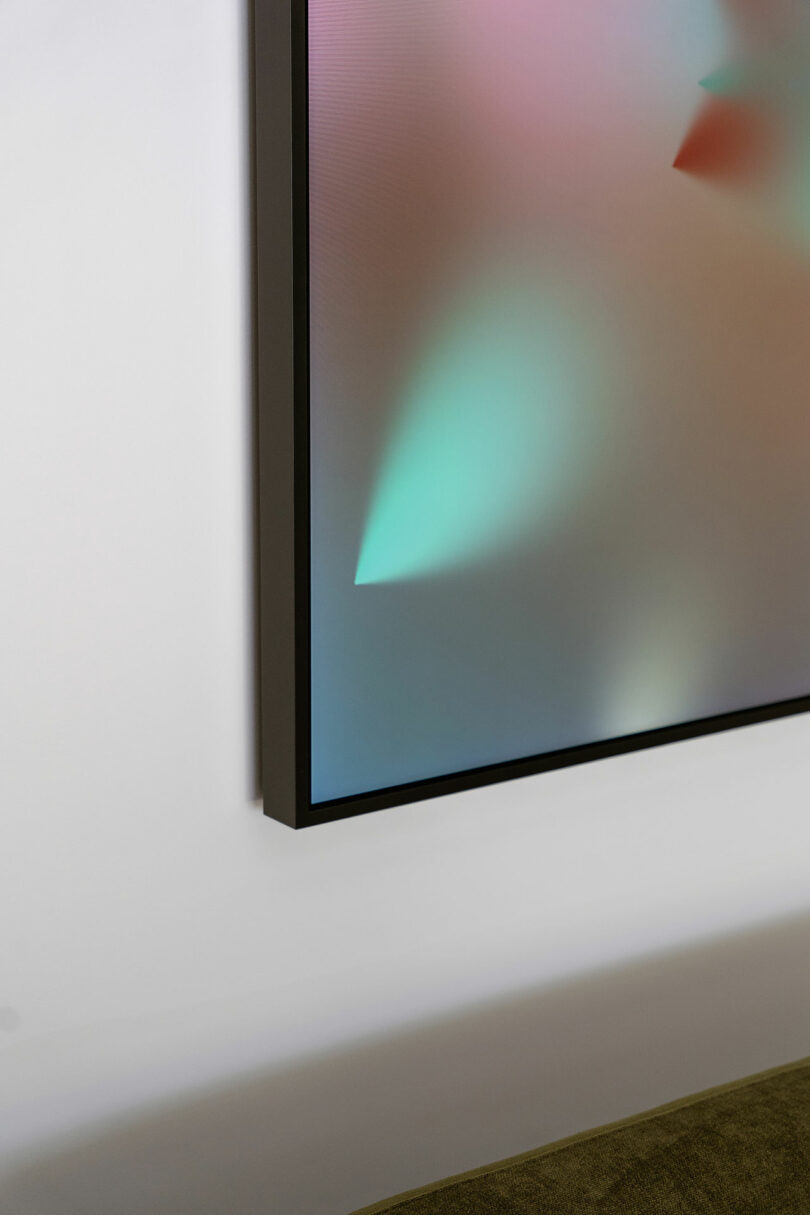
Cone Gradients by Zach Lieberman
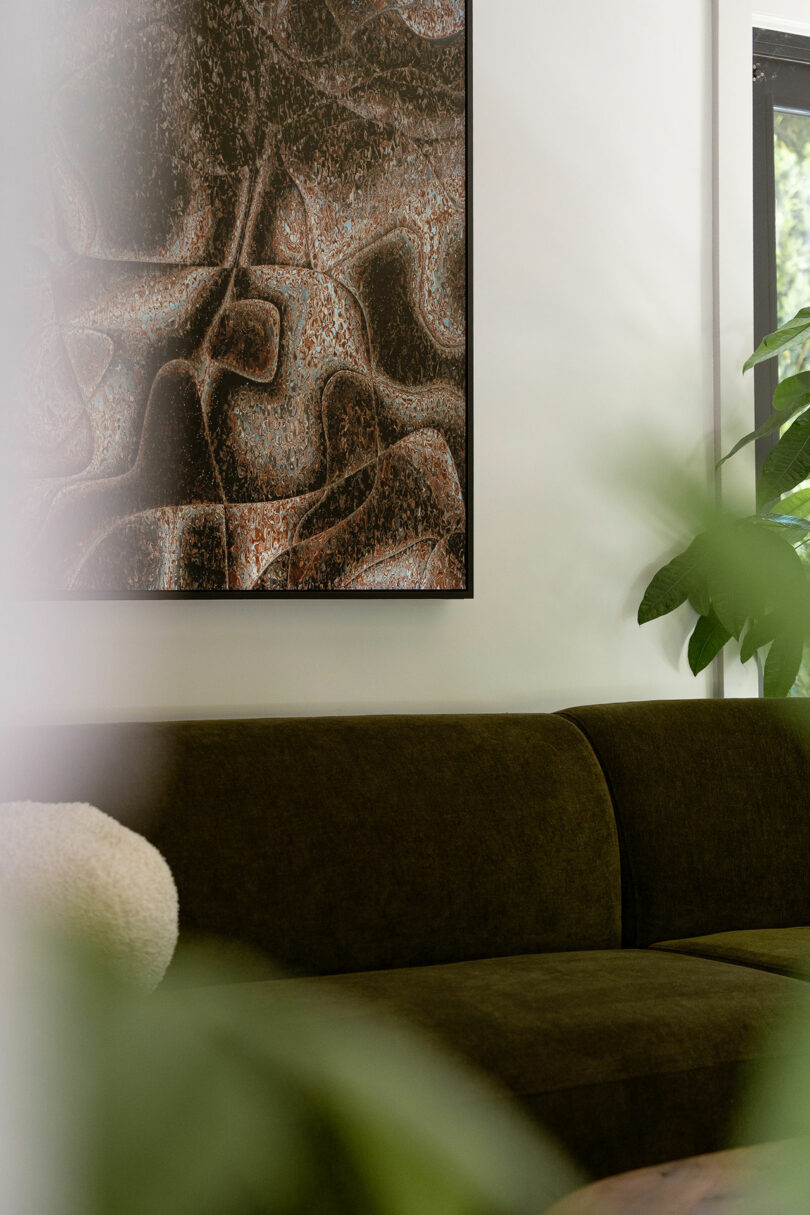
Malformed by Lake Heckaman
Though especially high-tech and conducive to the best viewing experience, the device doesn’t come with all the superfluous bells and whistles of comparable, less performative products: microphone, speakers, and integrated cameras.
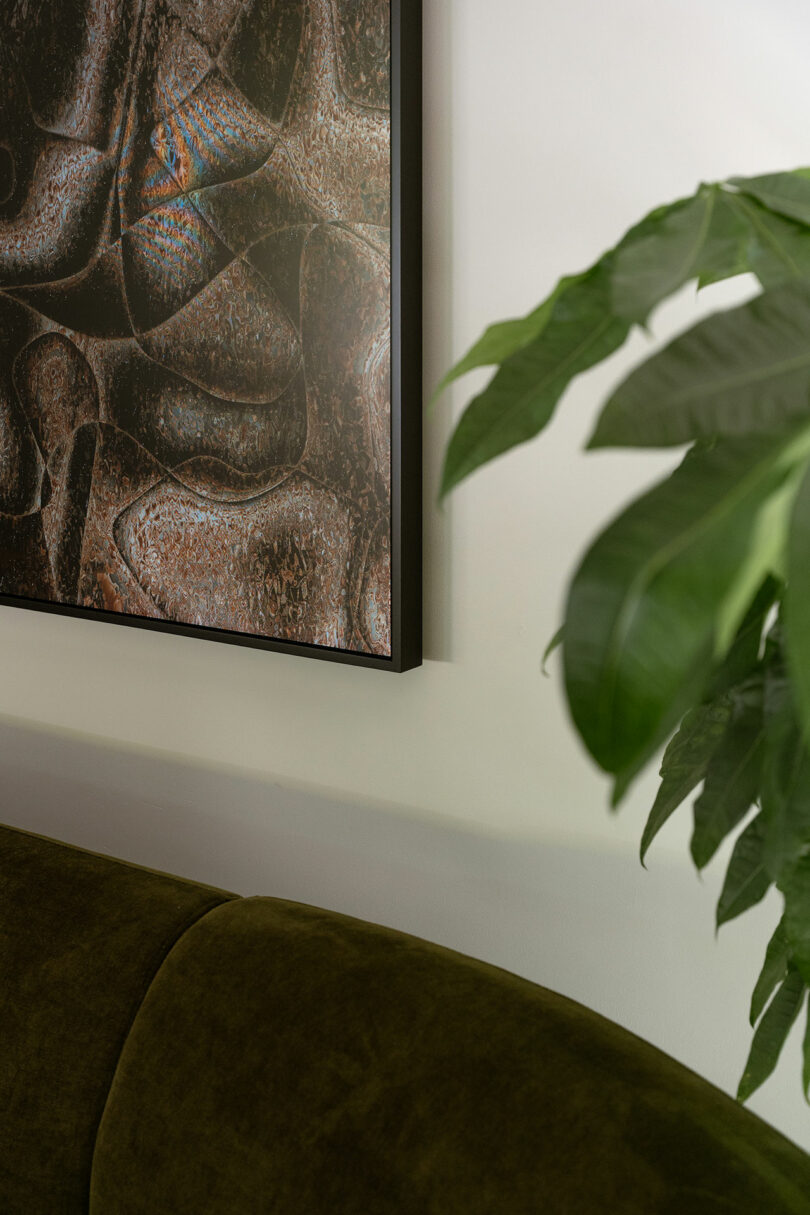
Malformed by Lake Heckaman
Disinformation (Chorus) by Jeres
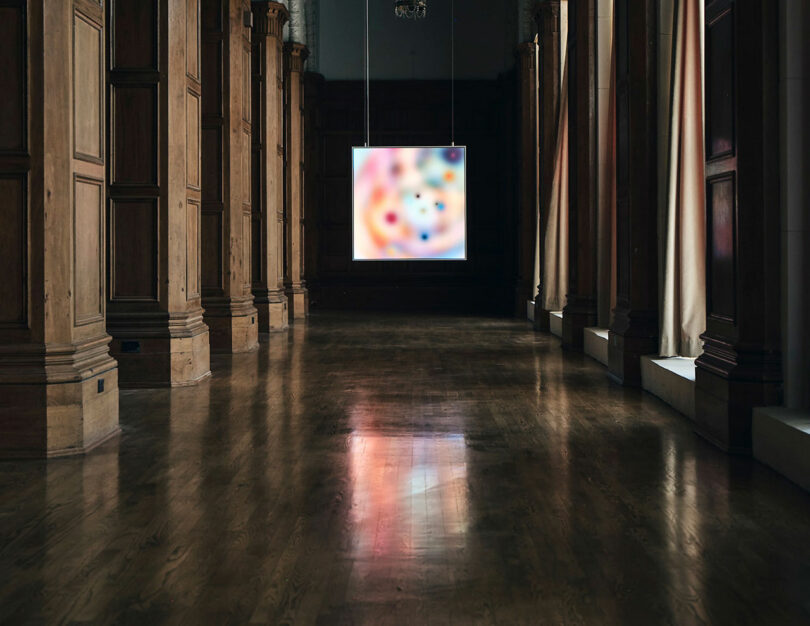
Color Spots by Zach Lieberman
While collectors can now showcase their already robust collections “the way they were meant to be,” Layer has also carefully amassed its own offering. The Living Art Curation – selected by a board of art world heavyweights – includes original works by the likes of Zach Lieberman, Jeres, Casey Reas, Jason Ting, and Leander Herzog. Incorporated pieces are both generative and rendered in format. They were chosen for their emotional and aesthetic resonance. Most are exclusive to the platform.
Chroma Current by Jason Ting
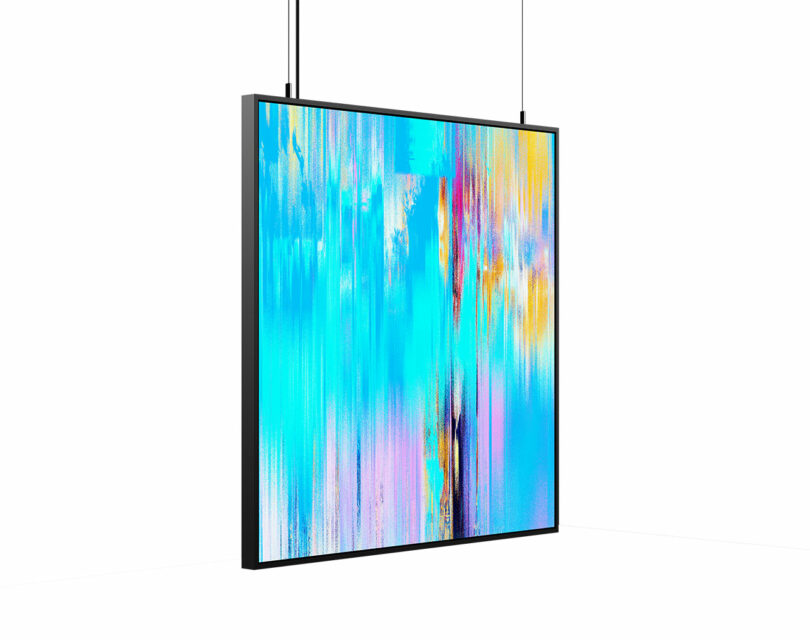
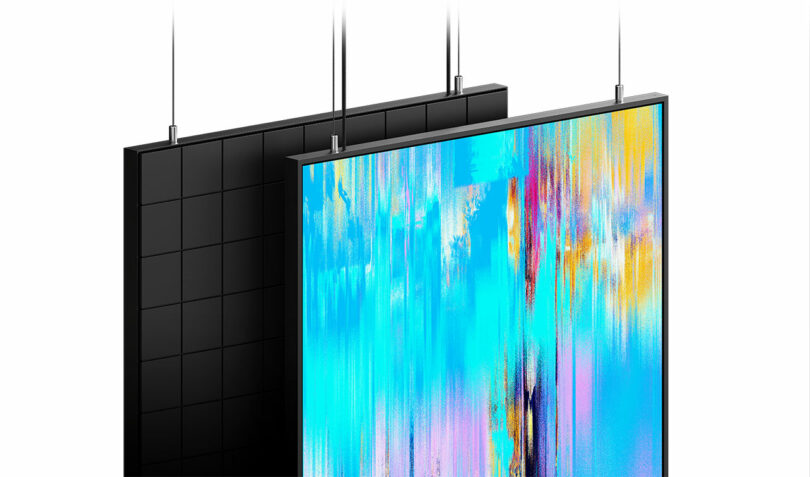
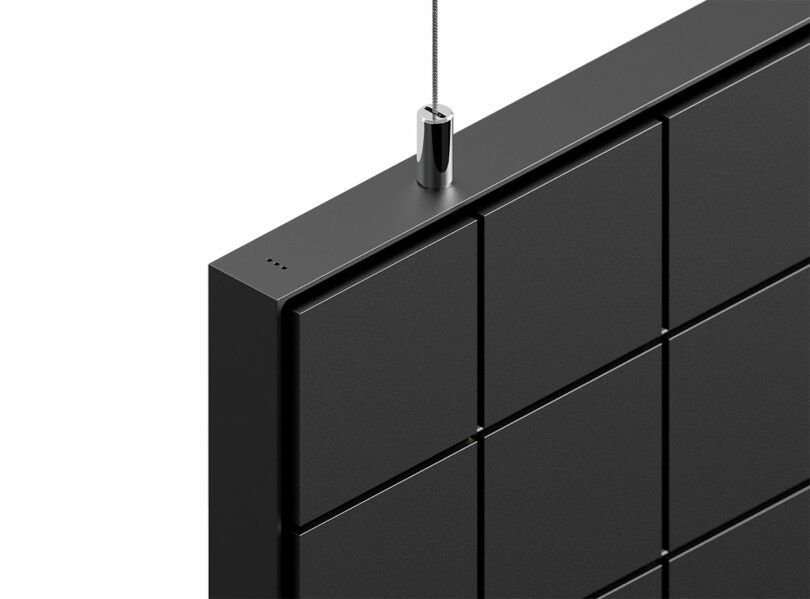
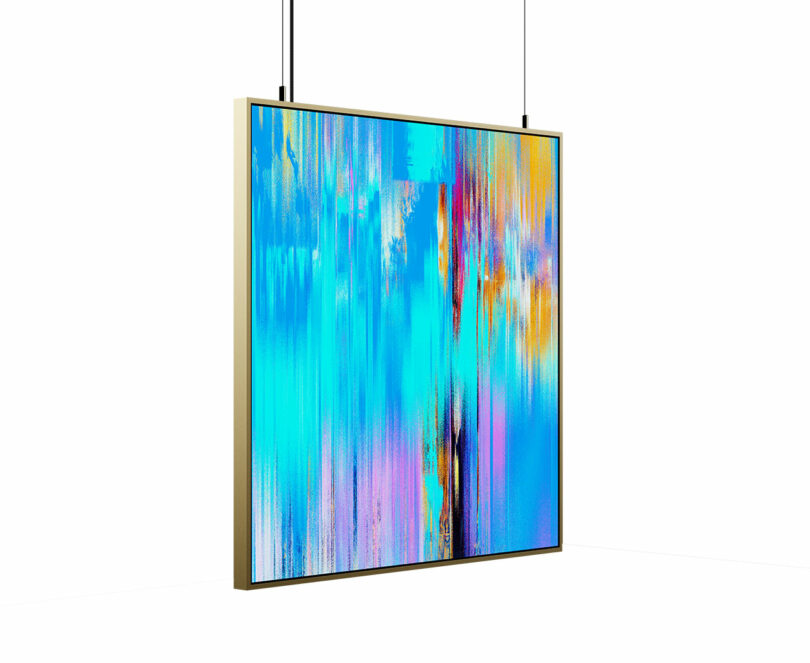
Canvas runs on Layer’s proprietary Art Intelligence engine. The operating system “intuitively” sequences the displayed works based on mood, time of day, and ambient conditions. One doesn’t have to waste time flipping through endless folders to find what they’re looking for. Like cable before streaming, there’s a level of surprise and comfort in letting the technology “take the wheel.” There isn’t the pressure of choice most devices demand off us these days.
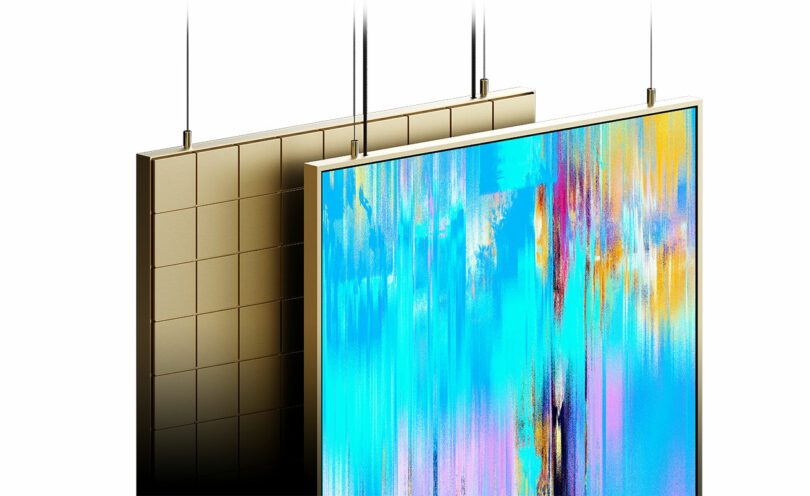
For more information on the Layer Canvas digital art display, please visit layer.com.
Photography courtesy of Layer.

